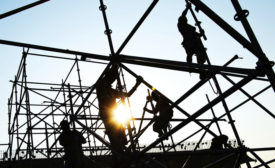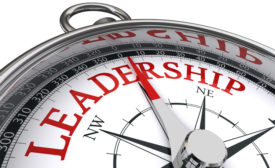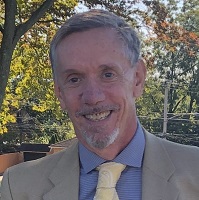Workplace Safety Culture
Arc blasts can ruin hearing
Sonic blasts can result in immediate & permanent damage
June 3, 2019
Worker engagement requires enabling workers to speak up
Empowering is not enough – you must ENABLE!
May 24, 2019
Visual Literacy is a new hazard recognition tool
Identify hazards before an incident occurs. Here are three steps you can take.
May 23, 2019
Become a Leader in Safety Culture
Build your knowledge with ISHN, covering key safety, health and industrial hygiene news, products, and trends.
JOIN TODAYCopyright ©2025. All Rights Reserved BNP Media.
Design, CMS, Hosting & Web Development :: ePublishing












